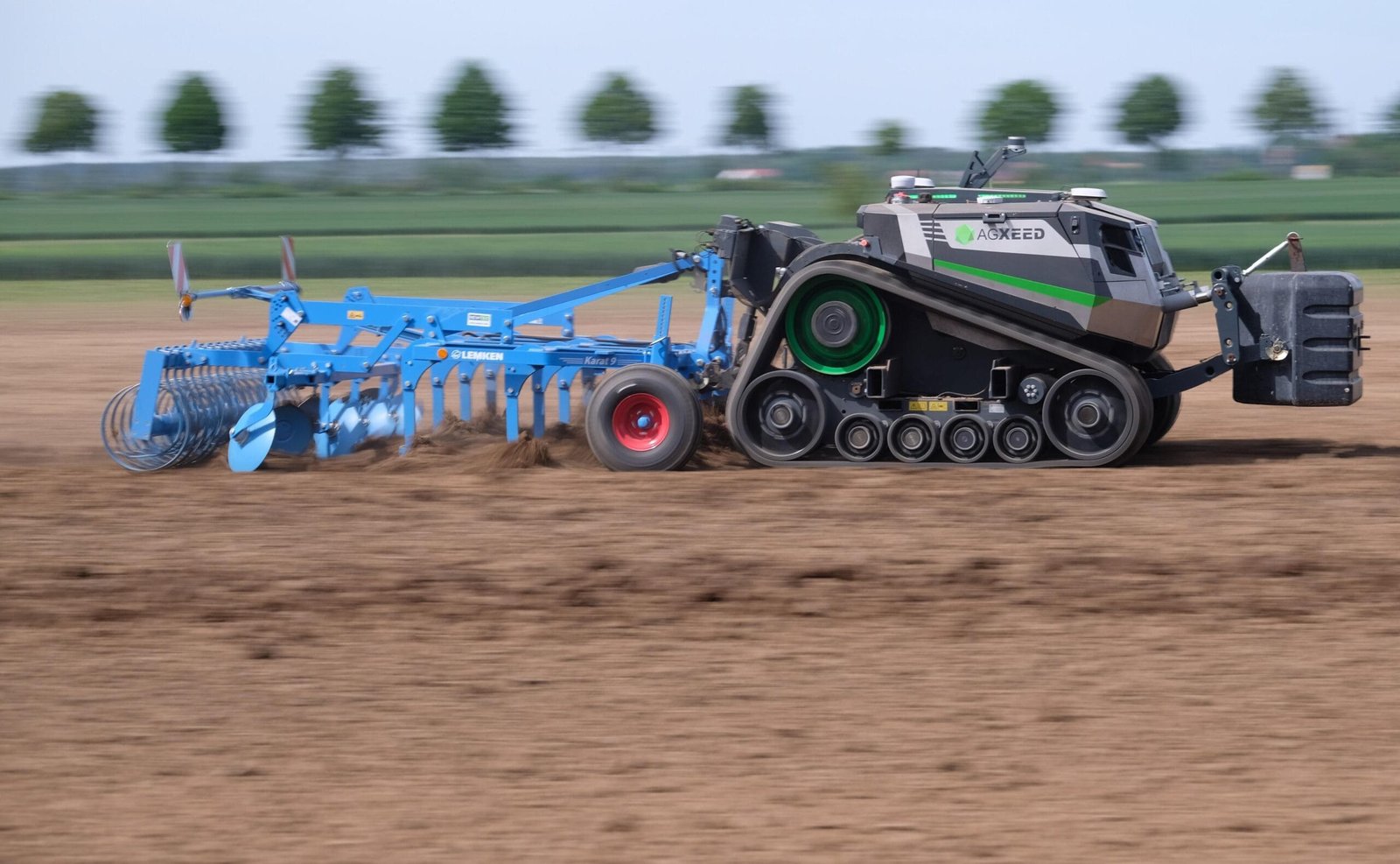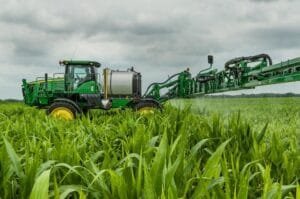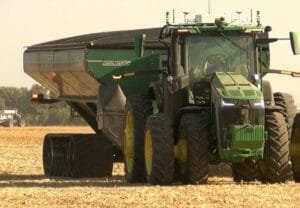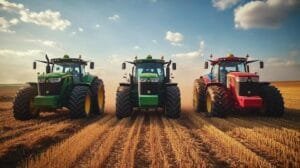Agricultural Innovation Takes Center Stage: The Autonomous Tractor Revolution
John Deere astounded attendees and remote viewers alike during CES 2022 with its groundbreaking revelation. The company unveiled a completely autonomous tractor that stands ready for substantial production implementation. This remarkable machine combines the established 8R tractor framework with a TruSet-enabled chisel plow, precise GPS guidance capabilities, and innovative technological advancements. Farmers won’t need to patiently wait years to experience this transformative technology-the autonomous solution becomes accessible to agricultural professionals later within the same year.
The core motivation driving this technological leap forward emerges from vital necessities. Our planet faces essential demographic shifts requiring innovative solutions. Global population figures indicate a swift progression from approximately 8 billion to nearly 10 billion individuals by 2050, necessitating a 50% expansion in worldwide food production capabilities. Meanwhile, agricultural professionals confront diminishing available land resources, scarcity of qualified labor forces, and persistent environmental variables that complicate consistent production.
The autonomous machine incorporates six stereo camera pairs strategically positioned to enable comprehensive 360-degree obstacle recognition. These visual inputs undergo sophisticated processing through deep neural network architecture, which classifies individual pixels within approximately 100 milliseconds. Through extensive machine learning development utilizing more than 50 million distinct images, the system achieves remarkable perceptual abilities. Willy Pell, who directs autonomous systems at Deere, emphasized that robotic implementation demands both accurate environmental perception and decision-making prowess. The system utilizes GPU processing to interpret sensory information effectively.
Physical operational boundaries remain precisely controlled. The self-driving agricultural implement continuously verifies its positional coordinates against predetermined geofence parameters, guaranteeing operation exclusively within designated zones. Positional accuracy maintains tolerances below a single inch (2.5 centimeters), providing exceptional precision despite challenging field conditions.
Deanna Kovar, Vice President of Production & Precision Ag Production Systems at John Deere, eloquently highlighted the human dimension of this technological breakthrough. “This isn’t a concept machine. This isn’t a demo. This is a working machine that will be available later this year to farmers, and it will transform their lives,” she stated during the unveiling presentation. The quality-of-life improvements represent substantial advancement for agricultural professionals consistently facing extensive workdays.
Working from inside a cab for extended durations creates profound physical and psychological strain. Farmers typically endure operational windows spanning from predawn hours until well after sunset during critical seasonal periods. The autonomous solution provides valuable schedule relief, enabling prioritization of alternative time-sensitive tasks or meaningful personal interactions.
While John Deere demonstrated its 8R autonomous tractor in 2022, the company has subsequently expanded its self-driving agricultural portfolio. More recently, Deere introduced additional autonomous machines at CES 2025, extending their technological approach to broader applications across farming operations. This surprising contradiction demonstrates how quickly technological innovation has progressed within agricultural automation over merely three years.
The implications for agricultural sustainability extend beyond mere efficiency improvements. Precision implementation of cultivation practices through autonomous systems potentially reduces resource utilization while maximizing productive output. Farmers caught between escalating production demands and contracting profit margins discover substantial value in technological adoption that addresses multiple operational challenges simultaneously.
The visual sophistication necessary for reliable field operation shouldn’t be underestimated. Complex algorithms must differentiate between normal field elements and genuine obstacles while maintaining operational effectiveness regardless of lighting conditions, weather variations, or unexpected environment alterations. The training dataset magnitude reveals the comprehensive preparation undertaken to ensure dependable performance across diverse agricultural settings.
Technical hurdles notwithstanding, the autonomous tractor represents more than merely replacing human operators. It fundamentally reframes the relationship between agricultural professionals and their fundamental responsibilities. By transferring repetitive implementation tasks to autonomous systems, farmers gain expanded capacity for strategic decision-making and operational optimization that traditionally remained constrained by implementation time requirements.
As agricultural technology continues its evolutionary trajectory, the autonomous tractor stands as a watershed development reflecting both current capabilities and future directions. The innovation exemplifies how sophisticated technological integration addresses practical challenges within essential industries. Deere’s focus on delivering functional solutions rather than conceptual demonstrations signals a maturity point within agricultural automation that promises substantial real-world impacts for food production systems worldwide.







